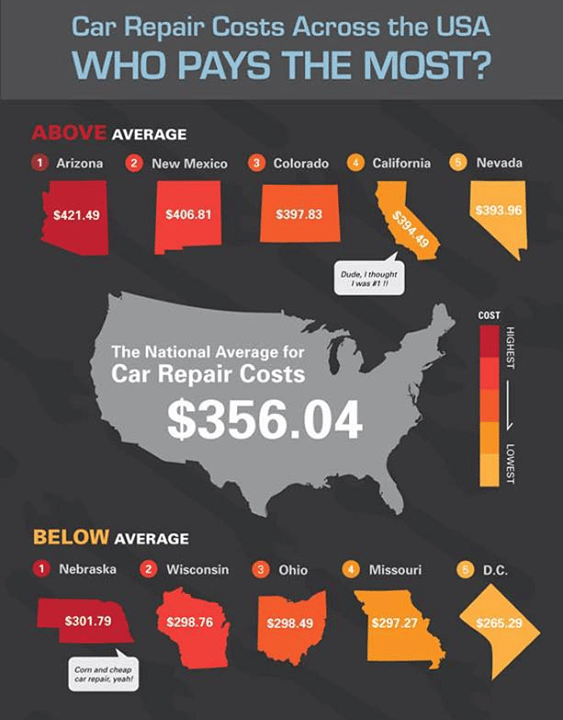Evaluating Your Auto'S Caution Indicators: What They Truly Share
Evaluating Your Auto'S Caution Indicators: What They Truly Share
Blog Article
Authored By-Faulkner Kejser
When you lag the wheel, those glowing warning lights on your dashboard can be a bit complicated. Do you recognize what they're trying to inform you concerning your cars and truck's wellness? Comprehending the importance of these lights is crucial for your safety and security and the long life of your lorry. So, the next time among those lights turns up, would not you wish to decipher its message properly and take the needed steps to resolve it?
Common Warning Lighting and Interpretations
Determine typical caution lights in your auto and understand their significances to guarantee safe driving.
The most normal caution lights consist of the check engine light, which indicates issues with the engine or emissions system. If this light begins, it's critical to have your automobile examined quickly.
The oil pressure alerting light suggests reduced oil pressure, needing immediate focus to stop engine damages.
A blinking battery light could recommend a faulty charging system, possibly leaving you stranded otherwise resolved.
The tire pressure monitoring system (TPMS) light notifies you to low tire stress, affecting car security and fuel efficiency. Overlooking this can lead to harmful driving conditions.
The abdominal light indicates a trouble with the anti-lock stopping system, jeopardizing your capability to quit swiftly in emergencies.
Finally, the coolant temperature level advising light warns of engine getting too hot, which can cause serious damages otherwise settled quickly.
Recognizing these usual caution lights will certainly assist you deal with concerns quickly and maintain safe driving conditions.
Importance of Prompt Interest
Understanding the usual caution lights in your car is only the first step; the significance of promptly dealing with these cautions can't be highlighted sufficient to guarantee your safety and security on the road.
When a caution light brightens on your dashboard, it's your car's way of connecting a possible problem that requires attention. Disregarding https://oilchangeservices51739.bloggerswise.com/38024044/looking-for-clarity-on-the-caution-lights-presented-on-your-car-s-control-panel-discover-exactly-how-they-associate-with-your-automobile-s-health-and-safety can bring about much more extreme problems in the future, compromising your safety and possibly costing you much more out of commission.
Prompt attention to cautioning lights can stop break downs and accidents. For instance, a blinking check engine light might indicate a misfire that, if left unattended, can create damage to the catalytic converter. Addressing this immediately can conserve you from an expensive fixing.
In nearest car wash near me , a brake system alerting light might signal reduced brake fluid or used brake pads, essential components for your safety when driving.
DIY Troubleshooting Tips
If you see a caution light on your control panel, there are a couple of do it yourself repairing ideas you can attempt prior to seeking expert help.
The very first step is to consult your cars and truck's manual to recognize what the particular warning light indicates. Sometimes the concern can be as straightforward as a loosened gas cap triggering the check engine light. Tightening the gas cap might resolve the trouble.
Another common concern is a low battery, which can set off different alerting lights. Inspecting the battery connections for corrosion and ensuring they're safe and secure could deal with the issue.
If a caution light persists, you can attempt resetting it by disconnecting the auto's battery for a few mins and after that reconnecting it. Additionally, checking your car's fluid levels, such as oil, coolant, and brake fluid, can assist troubleshoot cautioning lights connected to these systems.
Verdict
Finally, comprehending your automobile's caution lights is essential for maintaining your vehicle running efficiently and safely. By promptly attending to these signals and recognizing what they suggest, you can avoid pricey repair work and possible failures.
Keep in mind to consult your automobile's handbook for specific information on each alerting light and take action appropriately to ensure a hassle-free driving experience.
Keep informed, remain safe when driving!
